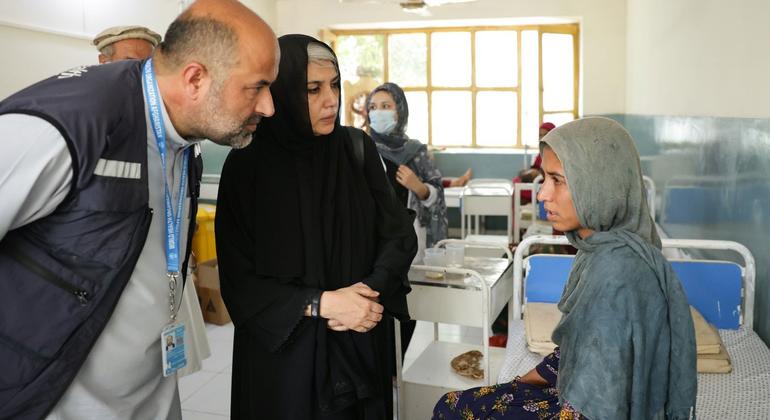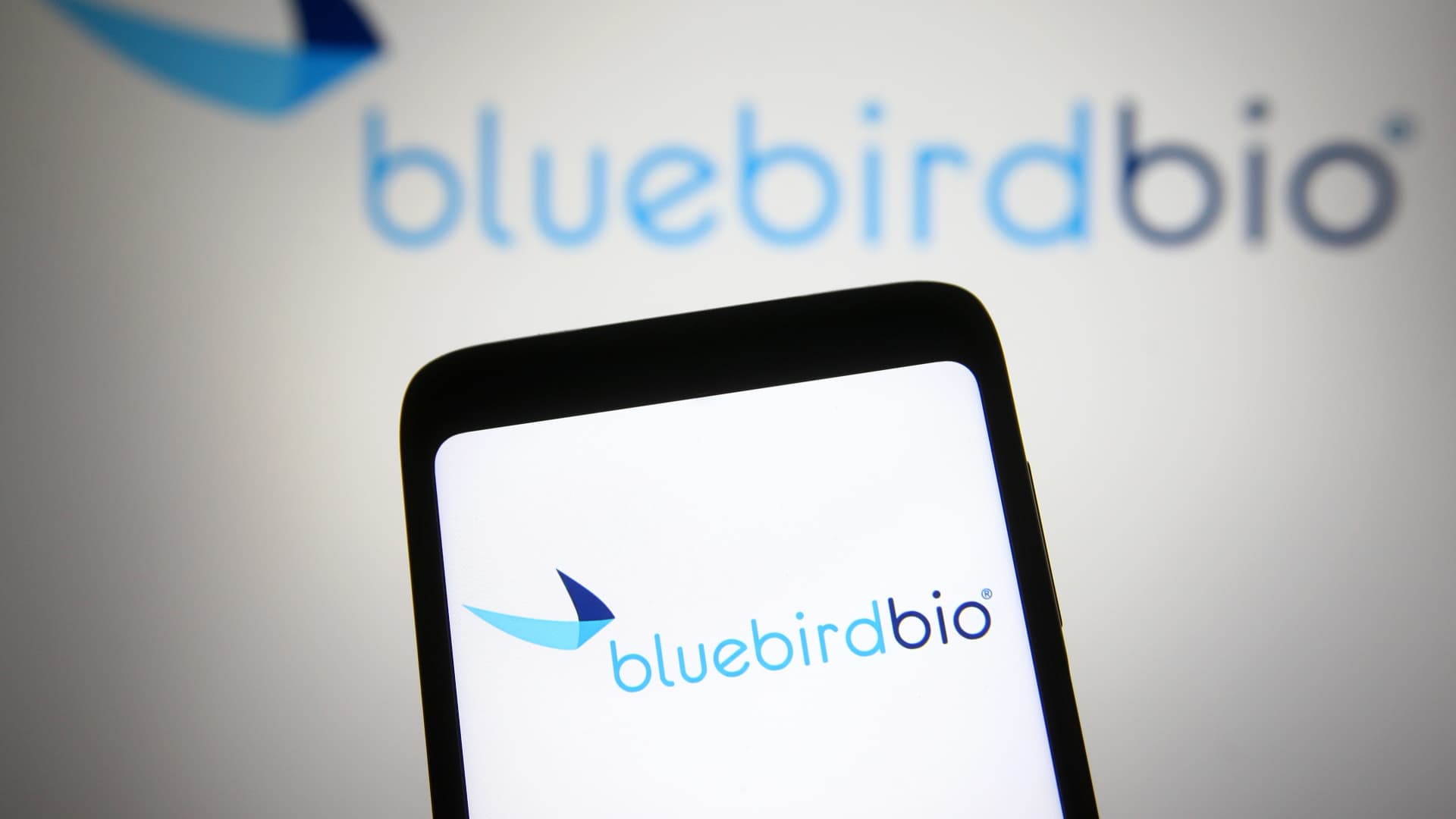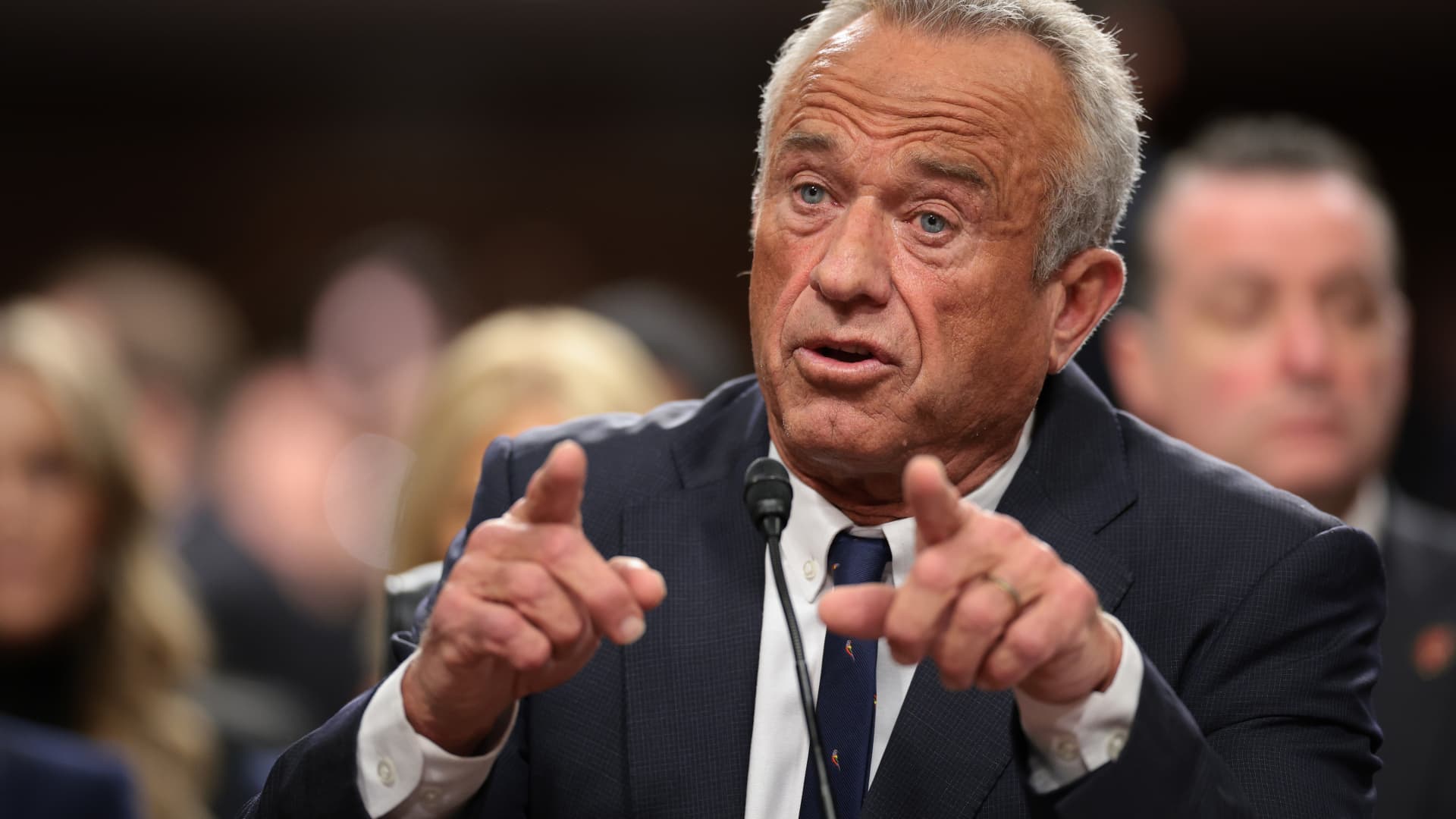Recent changes to Medicaid programs, aimed at closing a gap in health coverage in the United States, have left some Americans, particularly people of color, behind.
Among the non-elderly US population (those under 65), insurance rates increased during the Covid pandemic, with 3.4 million Americans signing up for health coverage between 2019 and 2022, according to a report from KFF. That change was due in part to Medicaid and health care marketplace provisions implemented as a result of the Affordable Care Act, the report said.
But as the global health crisis eased and Medicaid coverage expansions faced delays in some states, insured rates fell and Black Americans remained disproportionately uninsured compared to white Americans, according to KFF, formerly known like Kaiser Permanente.
In 2022, 10% of Black Americans were uninsured, compared to 6.6% of white Americans. Black people were 1.5 times more likely to be uninsured than their white peers in 2022, according to the report. People who identified as American Indian or Alaska Native were 2.9 times more likely than their white counterparts to be uninsured, while Hispanic Americans were 2.7 times more likely to be uninsured.
“The biggest driver of the racial coverage gap is states that have not expanded Medicaid under the Affordable Care Act,” said Jenn Wagner, director of the Center on Budget and Policy Priorities. “Those states have a larger population of Black people who cannot access Medicaid coverage because they do not fit into one of the eligibility categories within that state.”
Medicaid, a joint program between the federal government and the states, offers health insurance to low-income adults and children. The Affordable Care Act passed in 2010 included a provision to expand Medicaid coverage to people with lower income levels who may not be covered by private insurers. But not all states have expanded coverage requirements, according to the KFF.
In those states that have not expanded Medicaid, uninsured adults who do not meet coverage requirements but still fall below the poverty line have few options.
In 2022, about half of Black Americans under age 65 were insured through an employer or private insurer, according to KFF, while nearly 40% were insured through Medicaid or another public option.
Black unemployment rates are consistently higher than the national average and higher than other groups, according to data from the U.S. Bureau of Labor Statistics, meaning fewer Black people have access to insurance doctor through their employers. In January, black unemployment rose slightly to 5.3%, according to the bureau, compared with a national average of 3.7% and a white unemployment rate of 3.4%.
“Most blacks are in a family with a full-time worker, but they are less likely than their white counterparts to have private coverage, reflecting that they are more likely to have low-income jobs that may not offer health coverage.” “said Samantha Artiga, director of KFF.
In states that do not offer Medicaid expansion, 13.3% of non-elderly black Americans are uninsured, according to KFF, compared to 7.3% of that population in states that have already adopted the expansion.
To increase the disparity in uninsured rates, a separate Medicaid provision that automatically re-enrolled participants for coverage ended in March 2023, allowing millions of Americans to proactively re-enroll. Many, unaware of the changes, saw their coverage expire.
“We're seeing a lot of administrative barriers with the renewal process that are becoming very clear,” Wagner said. “People are losing coverage, not because they are determined to be ineligible or because they fall into the coverage gap, but because they did not receive the form or the state did not process the schedule.”
Since March, at least 17.4 million people have been dropped from Medicaid or related Children's Health Insurance Program coverage. According to KFF, more than 35 million people have had their coverage renewed, while 41 million renewals are pending or not yet expired.
Community health centers like West Oakland Health, founded by four Black women in 1967, are working to address the coverage gap. Robert Phillips, executive director of WOH, said the center noticed a decline in patient numbers immediately after the end of rolling enrollment.
“The drop in Medicaid patients was precipitous,” Phillips said.
Phillips and his staff have begun communicating with their Medicaid patients, and he said patients have returned as facilities alert them about the need to renew their coverage.
“It's making us work harder,” Phillips said. “We want people to know that they are still eligible for coverage and those who just didn't know because they received a notice saying their coverage ended.”
WOH's five locations in California's East Bay area serve minorities and low-income households seeking affordable health care. Most of WOH's patients are black and covered by Medicaid, according to the company.












